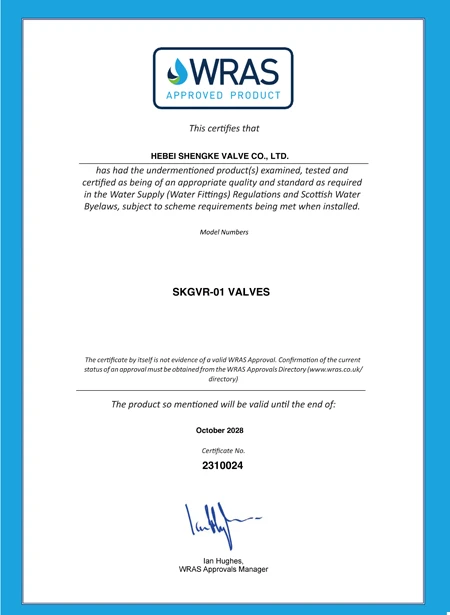Dec . 04, 2024 16:16 Back to list
Understanding the Function and Design of Gate Valves in Industrial Applications
Understanding Gate Valves A Key Component in Fluid Control
Gate valves are integral components in various industrial applications, particularly in the field of fluid control. These valves are designed to provide a straightforward way to start or stop the flow of fluids through a pipeline, making them essential in numerous settings, from water treatment plants to oil refineries. In this article, we will explore the construction, operation, advantages, and applications of gate valves, highlighting their importance in modern engineering and infrastructure.
Construction and Operation
A gate valve typically consists of a valve body, a gate (or wedge), a bonnet, and an actuator. The valve works by raising or lowering the gate within the valve body. When the gate is in the raised position, fluid can flow freely through the pipeline. Conversely, lowering the gate completely closes the passageway, effectively stopping the flow.
Gate valves operate using a simple mechanism, which allows for a full flow area when fully opened. This design minimizes resistance to flow, offering lower pressure drops compared to other valve types. The actuator can be manual, usually a handwheel, or automated, such as an electric or pneumatic actuator. The choice between these methods depends on the specific application and operational requirements.
Advantages of Gate Valves
One of the primary advantages of gate valves is their ability to provide a tight seal when closed, preventing leakage and ensuring that no fluid escapes when the valve is not in use. This characteristic is particularly valuable in high-pressure applications where safety and efficiency are paramount.
Additionally, gate valves allow for unobstructed flow, which makes them ideal for applications requiring minimal pressure loss
. Unlike globe valves, which introduce turbulence in the flow path, gate valves promote a smoother path for the fluid, aiding in the overall efficiency of the system.gate valve

Another significant advantage is their simplicity and reliability. With fewer parts and a straightforward operation, gate valves are less prone to failure, making them easier to maintain. When maintenance is necessary, the valve can often be repaired without removing it from the pipeline, minimizing downtime.
Applications
Gate valves find utility across a vast array of industries. In water distribution systems, they help regulate the flow and maintain pressure throughout the network. They are commonly used in drainage systems, where rapid handling of fluids is necessary. In the oil and gas sector, gate valves are employed in pipelines to control the flow of crude oil and natural gas, crucial for maintaining operational efficiency and safety.
In power plants, gate valves are essential components in cooling systems, controlling water and steam flow. Chemical processing facilities also utilize gate valves to manage the flow of corrosive substances safely. Furthermore, gate valves are increasingly being adapted for use in renewable energy applications, such as hydroelectric power systems, where they control water flow through turbines.
Conclusion
Gate valves are a crucial part of fluid control systems, combining simplicity with reliability to manage the flow of liquids and gases effectively. Their design allows for minimal pressure drop and excellent sealing capabilities, making them a preferred choice across various industries. As technology evolves, the importance and applications of gate valves will likely continue to expand, underpinning essential processes in modern infrastructure and industrial settings.
In summary, understanding gate valves and their operation is vital for engineers, technicians, and operators within any industry that relies on fluid management. Their robust performance and reliable sealing make them indispensable tools for ensuring efficiency and safety in fluid handling systems.
Share
-
Reliable Wafer Type Butterfly Valves for Every IndustryNewsJul.25,2025
-
Reliable Flow Control Begins with the Right Ball Check ValveNewsJul.25,2025
-
Precision Flow Control Starts with Quality ValvesNewsJul.25,2025
-
Industrial Flow Control ReliabilityNewsJul.25,2025
-
Engineered for Efficiency Gate Valves That Power Industrial PerformanceNewsJul.25,2025
-
Empowering Infrastructure Through Quality ManufacturingNewsJul.25,2025